Skiing Safely Beyond the Boundary
The allure of the backcountry beyond resort boundaries is undeniable—steep chutes, endless bowls, and untouched powder calling skiers and riders to venture beyond the boundary. But with that adventure comes serious responsibility. The story of a recent high-risk rescue at Jackson Hole Mountain Resort serves as a stark reminder: when you step beyond a backcountry gate, you are on your own—until you’re not, and someone has to come save you.
Within the first week of Jackson Hole’s tram being open, two skiers left the resort’s patrolled terrain late in the afternoon, heading into Rendezvous Bowl. Mere hundreds of meters from the gate, they found themselves trapped above a 60-foot cliff band—in fading light, with avalanche risk, exposure, and no safe way down.
One skier lost a ski but miraculously scrambled through the cliffs uninjured, only to find herself stranded at dusk, above avalanche terrain, with no clear exit. Her partner wasn’t as lucky—he ended up clinging to a tree on a rock face, requiring a technical rope rescue by three patrollers.
Let’s be clear: this didn’t have to happen. The warning signs were everywhere—literally.
Had the skiers paused at the backcountry gate, read the detailed warning panel, and reviewed the “You Are Here” map, they would have seen the cliff band that ultimately trapped them. Instead, they blindly followed tracks—a classic and dangerous mistake.
Adding to the problem, one of them admitted to reading the avalanche report, but misinterpreted it. He thought “moderate” was the rating—when in reality, the danger was “considerable”—meaning human-triggered avalanches were likely. Combine poor terrain awareness with unstable conditions, and they unwittingly created a high-risk situation for themselves—and for the patrollers tasked with their rescue.
After the rescue, the skiers insisted they had been “doing it safely” because they had already followed the same route earlier that day without issue.
But “no incident” does not equal “safe.”
They also had zero rescue gear, no beacon, probe, or shovel, and no knowledge of the exit routes. When confronted with this reality, their response was: “We have done this at other resorts.”
But Jackson Hole isn’t “other resorts.” Neither is Whistler, Fernie, Revelstoke, or Lake Louise. Every backcountry zone is unique, and assuming familiarity can be deadly.
This is no different from an inexperienced surfer paddling out at Jaws on Maui, thinking they can handle 50-foot waves just because they’ve surfed somewhere else before. The backcountry requires knowledge, preparation, and respect.
If you’re planning to ski beyond the boundary, take a moment to assess the risks before you drop in:
• Read the terrain warnings at the gate—there’s no excuse for missing them.
• Check the avalanche forecast—and understand what the rating actually means.
• Carry the essential rescue gear—beacon, probe, shovel, and know how to use them.
• Have an exit strategy—don’t blindly follow tracks.
• Never go alone—and stick with people who know the area.
• Hire a guide if you’re unsure—your safety is worth it.
The Jackson Hole backcountry is legendary, but legends come with consequences. Whether you’re skiing in the Coast Mountains, the Rockies, or the Selkirks, the rules are the same: know before you go, or don’t go at all.
Because the best backcountry adventures are the ones you get to talk about over a beer at the end of the day—not from a rescue sled after dark.
Source: Jackson Hole Ski Patrol


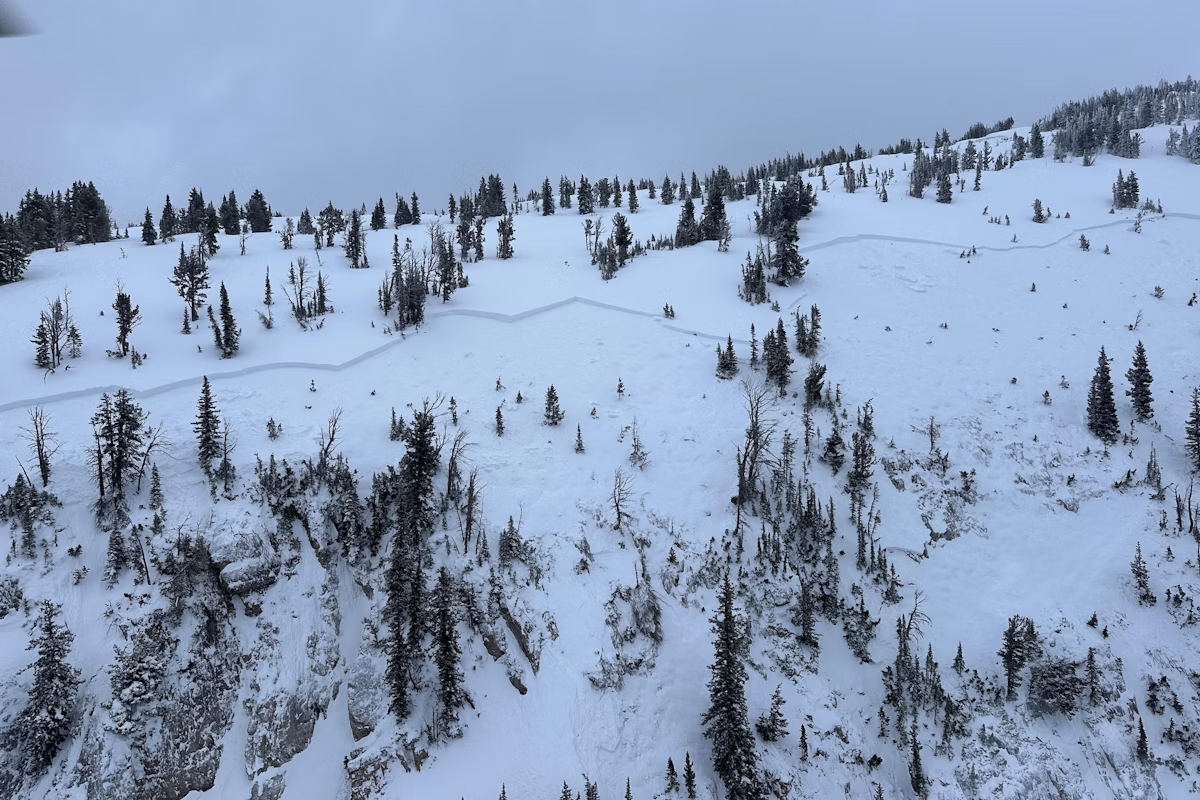

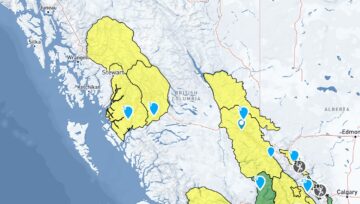

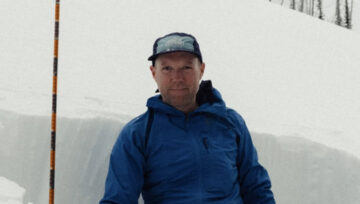
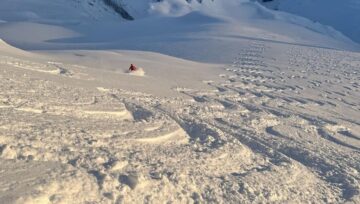
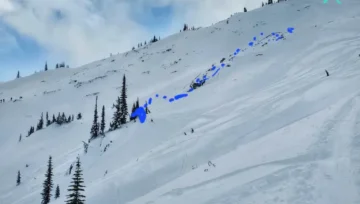


Comments